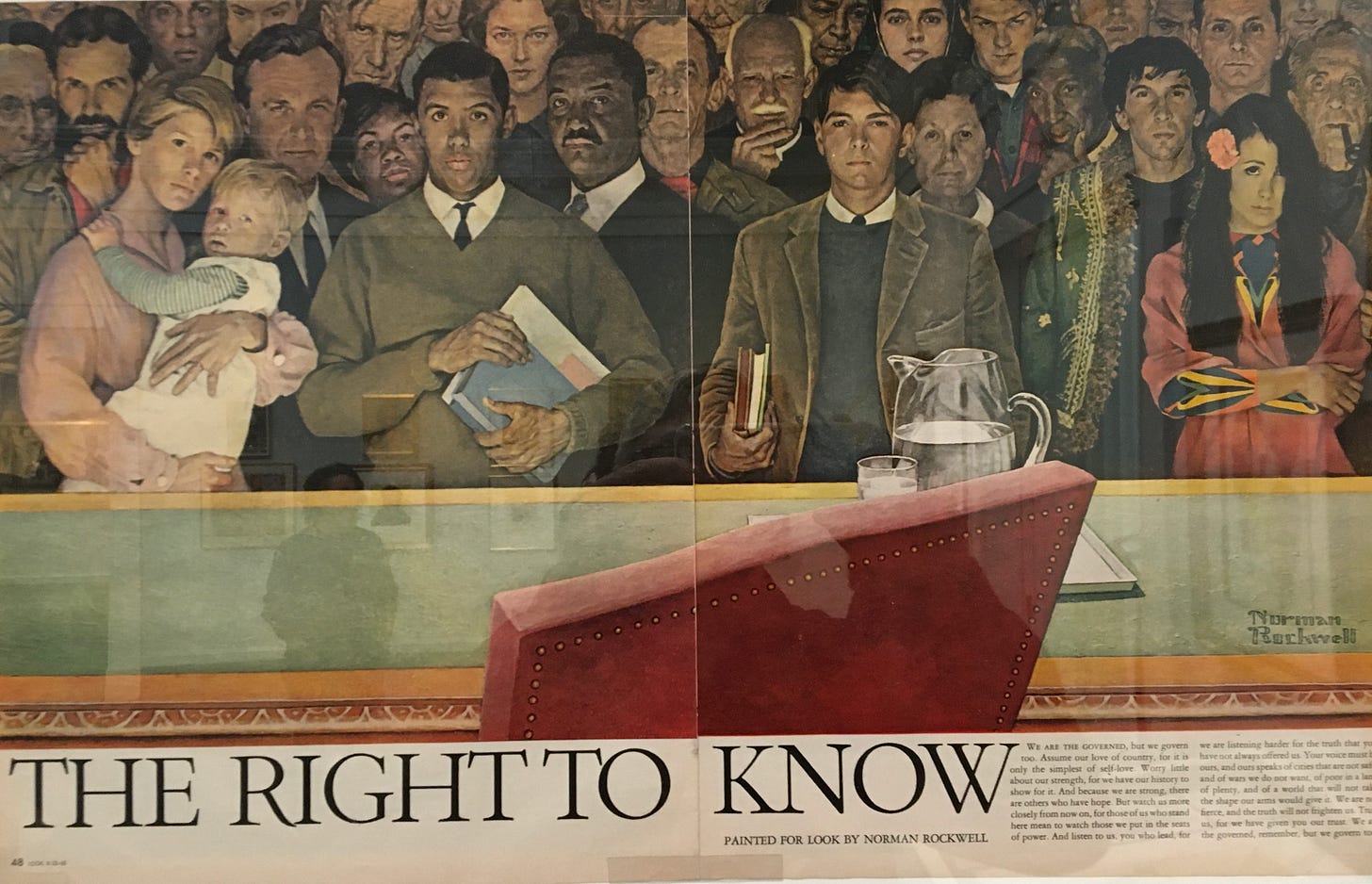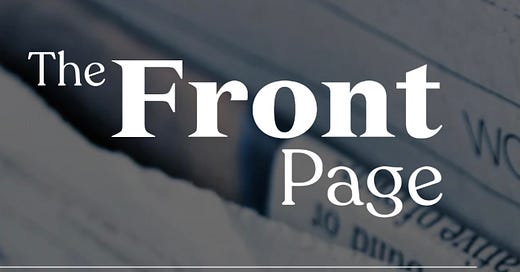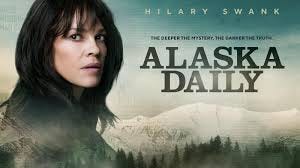By Ken Tingley
Twenty years ago, Mark Mahoney was leading the charge at our newspaper in Glens Falls to have reporters use the Freedom of Information Law as a tool to get information for local government.
After spending most of my career in sports, I was learning about FOIL for the first time.
We did an award-winning series at the time where we required each reporter in the newsroom to file one FOIL request of a local government entity and then write a story about the process. The FOIL request usually did not lead to any significant story. The goal was to teach, not only our reporters about FOIL, but readers and local citizens as well. We also hoped it would show government officials the value of transparency.
One of the features of the project was for the reporter to explain each step of the process and how well government responded in fulfilling its responsibility to make information available.
Mahoney later wrote a blog about Freedom of Information issues that he called “Your Right to Know.” It won awards, too. Mark still writes that blog for the Schenectady Gazette.
When Mahoney won the Pulitzer Prize for editorial writing in 2009, the citation read: “For his relentless, down-to-earth editorials on the perils of local government secrecy, effectively admonishing citizens to uphold their right to know.”
So when I visited The Norman Rockwell Museum last month, I was stopped in my tracks by a painting called “The Right to Know” that was published in Look Magazine in 1968.

Of all Rockwell’s “Four Freedoms” paintings during World War II, my favorite was “Freedom of Speech.” It depicted a working class man standing up to speak at a town hall meeting.
It’s the bedrock of our democracy.
But I did not recall ever seeing “The Right to Know.” It was also part of Rockwell’s evolution as an American during the 1960s, first by addressing civil rights, then open government
Rockwell accepted a commission to do a recruiting painting for the Marine Corps in 1966. He spent a week at Quantico Marine Base in Virginia taking photos and doing sketches of veteran marines.
But as the Vietnam War got more and more controversial, Rockwell had second thoughts. He wrote to the Marine Corps in March 1967 to decline the assignment. He wrote: I just can’t paint a picture unless I have my heart in it.”
A year later, he started work on “The Right to Know.”
Between April and June 1968, Rockwell worked on an illustration depicting a diverse group of citizens from all walks of life standing in what appears to be a courtroom.
This was 1968. Martin Luther King and Bobby Kennedy were dead and the military had requested another 200,000 troops for Vietnam. It was information the White House tried to suppress. Young men were burning their draft cards and protesting the war. There would be rioting at the Democratic National Convention and Richard Nixon would be elected president. The country was divided.
The illustration was published in Look Magazine in August 1968 with text that came directly from Rockwell:
"We are the governed, but we govern too. Assume our love of country, for it is only the simplest of self-love. Worry little about our strength, for we have our history to show for it. And because we are strong, there are others who have hope. But watch closely from now on, for those of us who stand here mean to watch those we put in the seats of power. And listen to us, you who lead, for we are listening harder for the truth that you have not always offered us. Your voice must be ours, and ours speaks of cities that are not safe, and of wars we do not want, of poor in a land of plenty, and of a world that will not take the shape our arms would give it. We are not fierce, and the truth will not frighten us. Trust us, for we have given you our trust. We are the governed, remember, but we govern too."
Norman Rockwell was taking a stand.
In the back far right of the illustration, Rockwell gave the ultimate endorsement to the message. He included his own likeness smoking a pipe.
"I don't think my style has changed, but America has and hence, so has my subject matter,” Rockwell said about the work. “Lord knows we have problems, plenty of them, but we should also have great confidence in the present generation of young people who are, I think, the very best we have produced, long hair and all. Who is to say that one of these hippies won't be a genius of the future?"
Norman Rockwell was 74 when he did “The Right to Know” and he seemed to be optimistic about the future.
The message is as important today as ever, maybe more so.
School taxes up
The recently passed state budget includes a record $34.5 billion in state education aid.
Yet, despite declining enrollment in most school districts, taxes continue to go up. The taxes in my town were just under the state tax cap, but with record state aid couldn’t they have been flat?
I’m not anti-education, but just once I’d like to see my school taxes go down. As we got out to vote at the Queensbury elementary school, the bulldozers were busy working on an artificial turf sports field.
Alaska Daily canceled
I always felt newspapers were shortchanged when it came to television drama.
Other than “Lou Grant,” the newsrooms on TV were relegated to television news and not print.
Mary Tyler Moore, The Newsroom Murphy Brown and more recently The Morning Show have taken us inside broadcast newsrooms.
The ABC prime time drama Alaska Daily was the exception. It’s first season wasn’t great, but it had potential and a star in Hillary Swank. Unfortunately, it was canceled this week. Perhaps another network can air a show about small newspaper in the lower 48 states.
I know the perfect book to adapt.






I’ve been branded an “agitator” since my college journalism days, for asking for information that should be in the public domain. Too many of our elected reps believe we serve them, rather than the opposite. We need to continually remind them of their duty. It’s to us, not themselves.
Love the Rockwell quote and you are right, it has a great amount of significance today also. My fear is that our representatives are not necessarily representing us at all any more. Hopefully I'm wrong, but we are watching. The painting is very moving. Such a talented bright man! AI could never compare.
It is disappointing that they cancelled Alaska Daily. I look forward to Glens Falls Daily in the future though:)